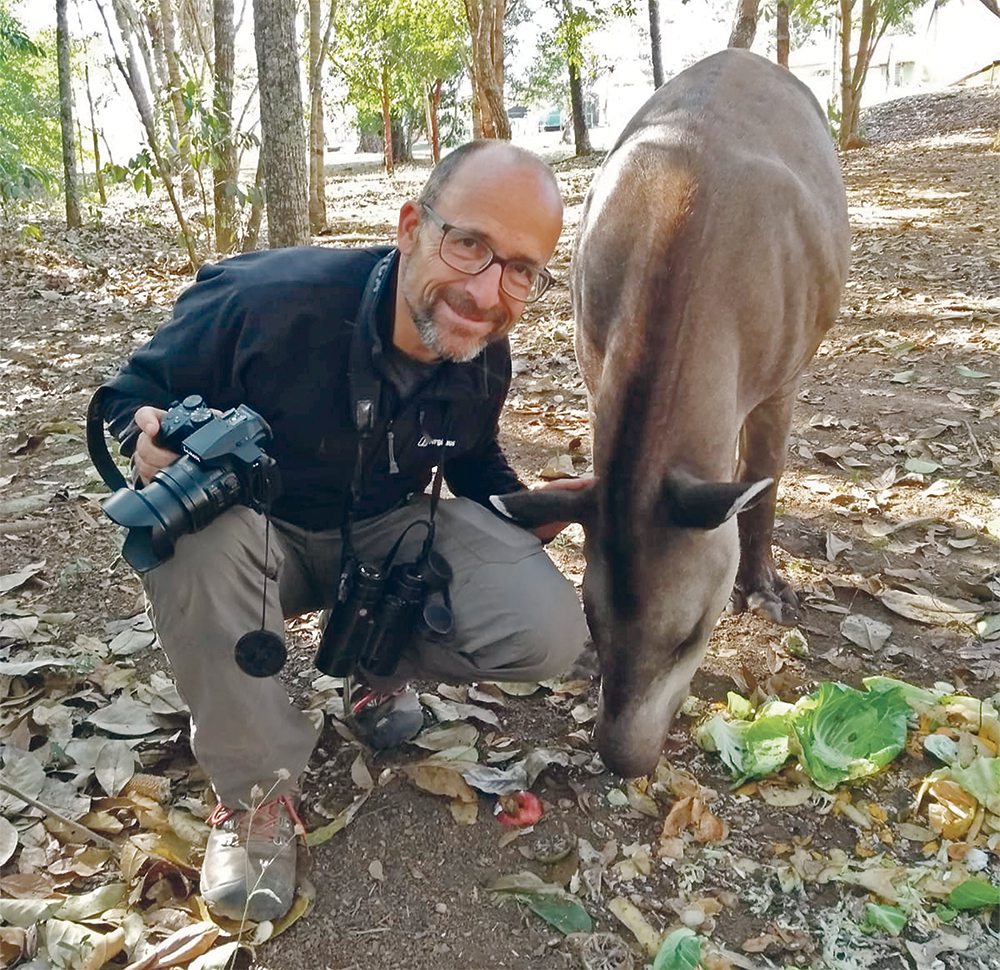Research shows value of concentrated farming

Three pillars: High yield production by any means; low yield production to support farmland species; habitat restoration
What if greater productivity could be achieved on less farmland so that more space is dedicated to natural habitats, richer biodiversity and greater opportunities for net zero emissions targets?
That concept of retaining and expanding habitats to create natural landscapes in a high-yield agricultural environment (a management practice also known as land sparing) is gaining traction as a means to restore threatened and vulnerable ecosystems while maintaining sustainable food production.
The idea was laid out in a research paper by Andrew Balmford, professor of Conservation Science, Department of Zoology, University of Cambridge in the United Kingdom. He emphasized the need to obtain the highest levels of production from land and water already being farmed in order to spare greater amounts of natural land for biodiversity, healthy wildlife populations and carbon capture.
“Ideas about land sparing have been around in the agriculture literature for a while,” said Balmford. “I started having lively discussions about them, which led to the development of the framework, supervising a string of really good field PhDs and post-docs.”
Balmford said that areas dedicated to intense farming need to be as productive as possible. However, he noted there are some wild species that thrive on traditional farmland where ideal habitats support those animal populations that otherwise struggle.
But the core objective of his paper stressed regions of natural land being left untouched while farmed land was made to be highly productive to achieve the balance.
“Most species fare much better if habitats are left intact, which means reducing the space needed for farming,” he said. “Areas that are farmed need to be as productive as we can possibly make them.”
Even so, he said, there will still be a need for some low yield farming in areas where some species thrive in the farmed environment.
“We’re neutral on how farmers might achieve sustained high yields, provided they do so at low (environmental) costs in other ways such as chemical and soil runoff, etc.,” he said. “In some cases, it might involve high tech solutions but there are also promising conservation agriculture methods. In many instances, simple adoption of existing best practices would get us a long way.”
According to the news release, Balmford’s published paper summarizes a decade of global research on trade-offs between crop production and biodiversity. While all wildlife species are expected to be losers if mid-century food targets to feed nine billion people are met, more species would ‘fare least badly’ under extreme land sparing and concentrated farming.
Balmford’s agricultural three-tier model has been recommended by the U.K. government-commissioned National Food Strategy (NFS) and it is expected to form the basis of a new Rural Land Use Framework.
“What we mean (in the three-tier model) is high yield production (however achieved), low yield production tailored to meet the needs of species that only thrive on farmland, and retention or restoration of large blocks of natural habitat.”
He said the findings of his study have replicated at many field sites worldwide.
According to the press release, Balmford said that when millions of Chinese farmers turned to a simple system that matched farming methods to local soil and weather conditions, yields went up 11 percent while fertilizer use fell by one-sixth. Farming carp in rice paddies where fish eat pests, provide fertilizer through feces, and are themselves an extra crop is another potential while emerging technologies such as boosted photosynthesis in rice offers promise for sustainable high yields.
But farming systems must meet society’s food needs, or those systems will fail, he said.
“You can’t convince people to save nature if they are hungry,” he said. “We need to ensure we can harvest enough from the biosphere while preserving the planet. Conservation has to be pragmatic.”
Balmford said ongoing research will look at farmer preferences, important implications of the concentrated farming concept including animal welfare, antimicrobial use and the risk of emerging infectious diseases, and the use of the same application in fisheries and forestry.
The research study was published in the Journal of Zoology.
Source: www.producer.com

